How to Teach Your Child to Follow Hygiene Practices
Contributed by: Kids Clinic
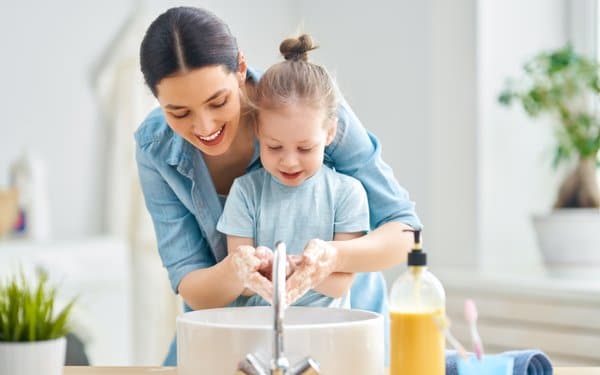
Good hand hygiene habits have always been important as they prevent the spread of germs and reduce the risk of falling sick. With the current COVID-19 situation, the importance of hygiene cannot be further emphasised. Simply washing hands with soap and water has become a crucial personal hygiene practice for adults and children to protect against the coronavirus and prevent the spread of disease.
While adults are able to easily adopt these practices, children require more time to understand why such practices are important. In this article, Dr Wendy Sinnathamby shares some fun ways you can teach your children about good hand hygiene.
Talking to Your Children About Covid-19
(Source: www.who.int & www.cdc.gov)
1. Don’t Be Afraid to Talk About Covid-19
Your children have probably heard about the coronavirus at school. Now that there have been stricter measures implemented in Singapore, it is good for you to take this opportunity to have a chat with your children about what is actually going on.
2. Be Developmentally Appropriate
It can be quite overwhelming for children to be bombarded with a lot of facts, some of which they might not even understand. You should keep the information you give them simple, and leave more room for questions instead. Here’s a quick guide:
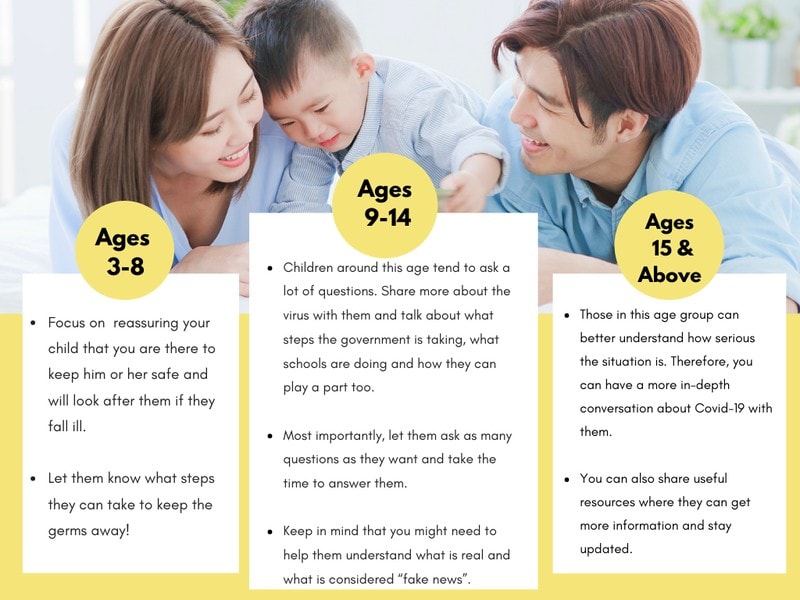
You can check out this video by The Socially Distanced Dad on how you can talk to preschoolers about Covid-19!
3. Let Them Share Their Fears
You should encourage your children to share what they are feeling. This is a new and uncertain situation for all of us, including children. It is important for you to hear their fears and worries, and do your best to comfort them.
4. Focus on How They Can Stay Safe
In addition to listening to the fears your children might have, you can also share with them how they can help to fight the virus by practising good hygiene. This way, your child feels empowered and in control instead of feeling scared.
5. Follow a Routine
Now that schools have closed, it is important to still have some structure to your child’s day. You can work together with your child to create a daily routine that is both fun and productive.
6. Remain Calm
In these uncertain times, it is normal for you to be a bit anxious. If you feel the anxiety creeping up, take some time to calm down before answering your child’s questions.
Teach Them About Hygiene In a Fun & Interactive Way

 You should teach your children good hygiene practices yourself. Apart from just talking to them and instructing them, you can reinforce this by showing them an age-appropriate video clip. You could also read a storybook that is about good hygiene practices with them.
You should teach your children good hygiene practices yourself. Apart from just talking to them and instructing them, you can reinforce this by showing them an age-appropriate video clip. You could also read a storybook that is about good hygiene practices with them.
In addition, visual demonstrations are always helpful to show children why washing hands with soap and water is important.
Here are a few fun experiments you can do with your child to emphasise the need for good hygiene practices.
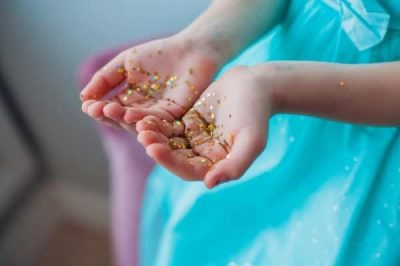
Step 1: Add glitter to a large bowl of water.
Step 2: Then let your children play around with the bowl of water for a while.
Step 3: When they are done playing, get your children to imagine the glitter on their hands is actually germs.
Step 4: After which, get your child to wash his/her hands with water and ask them to observe if the glitter comes off or not.
Step 5: When the glitter does not come off, ask your child to try washing his/her hands with soap for 20 seconds and see what happens.

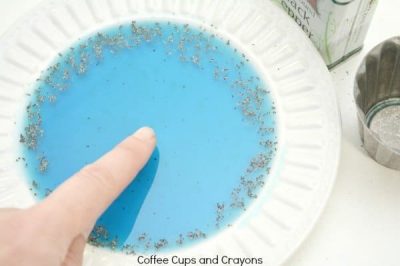
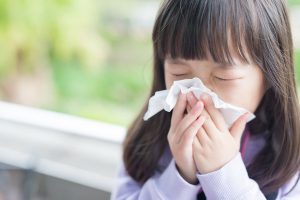
- Teach your child to sneeze or cough into a tissue. They should also use a tissue to blow their nose. Remind them to discard the used tissue into the waste bin immediately rather than leaving it lying around.
- If there are no tissues available, teach your child to sneeze or cough into the bend of their elbow so that their hands are not contaminated. This will also stop the spray of droplets into the air.
- Always ask your child if they have washed their hands before/after eating and after using the toilet.
- Point out to them whenever they touch their eyes, face, nose and mouth, and remind them why they shouldn’t be doing it.
- Your children should cultivate the habit of washing or sanitising their hands when they have touched any surfaces in public
- Encourage them not to lean against walls, escalators in public and to refrain from touching surfaces in public where possible.
- Teach them to keep a distance from others in public. You can also explain the concept of social distancing to them and the reason why we are doing it.
- Discourage touching each other, shaking hands or embracing for now.
- Avoid enclosed areas. Take your child to parks and encourage running around playing games like “catching” or playing with own toys and bikes, ball etc brought from home instead of playing on the structures in public playgrounds.
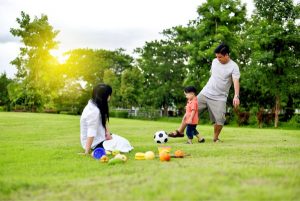
- Encourage healthy sleep habits and a regular exercise routine.
- Encourage a well-balanced diet and consumption of good volumes of water.

